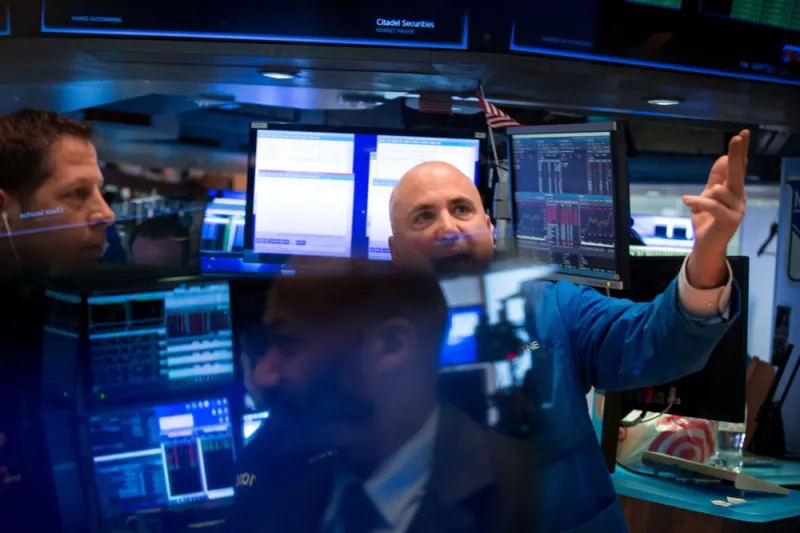The coronavirus-induced markets mayhem in recent weeks is testing the mettle of risk parity funds.
The strategy, pioneered by Bridgewater Associates’ Ray Dalio in the 1990s as an alternative to the 60-40 asset allocation of stocks and bonds, took off after the last financial crisis but has faced criticism in recent years.
A look at what’s happening at two of the biggest players — Bridgewater and AQR Capital Management — suggests that risk parity may now be facing its biggest test ever.
Risk parity funds allocate their portfolio according to risk, assuming that stocks and bonds will move in opposite directions. It then levers up the less risky assets, which are typically bonds.
Critics of the strategy have questioned how well it would do in a broad market meltdown. AQR had big redemptions in one of its biggest risk parity funds after it lost money at the end of 2018, when stocks and bonds tanked in tandem.
A similar market phenomenon happened last week, when Treasury bonds proved less of a safe haven than a source of cash for traders.
Now, some of AQR’s publicly traded risk parity funds are barely above the stock market. AQR’s Risk Parity II MV Class I — the least levered version — was down 8.5 percent over the past week, when the S&P 500 fell 8.8 percent.
That fund is down 10.4 percent since February 21, the day the stock market started its multi-week downturn, and 7.6 percent year to date. The broader stock market meanwhile, has fallen 16 percent this year, following a market runup on Friday that took it out of bear market territory.
Meanwhile Bridgewater’s risk parity All Weather strategy had gained 2.5 percent through March 6, according to a report in CNBC. As previously reported in Institutional Investor, it was up under 1 percent through February.
[II Deep Dive: Bridgewater’s Pure Alpha Reports Sharp Losses]
To be sure, the strategy didn’t do better than the stock market when equities were rising. Last year, as the stock market gained 31.5 percent, All Weather rose only 16.6 percent.
Risk parity funds differ. The $1.1 billion Wealthfront Risk Parity Fund Class W, launched in 2018, has fallen 22 percent this year, and about 26 percent since February 21. Last week alone, it fell 30 percent.
Even before this year’s bear market, some institutional investors had griped that risk parity funds had not met their expectations, because they have trailed the typical 60-40 stock and bond portfolio.
But will that change? Market sources said it’s hard to draw too many conclusions about the how the strategy will hold up through the current crisis. Until last week, Treasury bonds had proved a safe haven for those fleeing the stock market. However many other debt markets are down. The high-yield market, they noted, has been crushed.
Practitioners are keeping a keen eye on the impact of the coronavirus-induced stock market crash on the credit market.
Greg Jensen, Bridgewater’ s co-chief investment officer, said in a video posted March 4 that the firm was monitoring “whether this flows into the credit system.”
“There is a risk that it does flow through the credit system,” he said, because “there’s high levels of debt and the impact of monetary policy is limited to offset a major shock.”
Bridgewater and AQR declined to comment.







